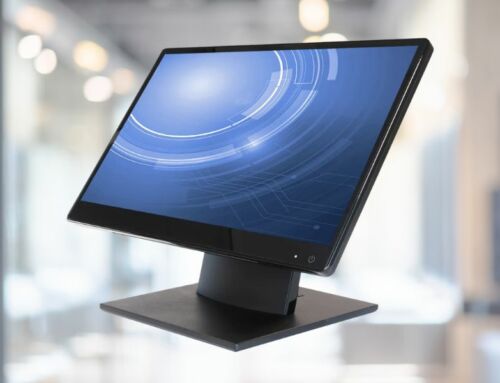Author
Tommy Chapman
Share
What’s the cost of a Queue?
Always a tricky balance for retailers – not enough staff and there’s a queue, too many and you are wasting money. In this article we look at the causes of a queue and some of the things that you can do to reduce or even eliminate queues.
Whilst there are a few hot tech and training shoe releases that absolutely love a queue and the social buzz that they create, the reality is that most retailers lose 10% of footfall due to queues and waiting times in store. In fact 26% of customers who walk out of a store will discontinue their purchase journey completely.
A queue is a sign that the operation is not working properly and is something to be avoided. A few years ago, customers were more accepting of a queue, but nowadays customers can vote with their mouse and simply head online.
What causes a queue?
The easy answer is that there is a mismatch between customer demand and the resources available to serve them, causing a queue to build as demand outstrips capacity. It is really important to understand what the drivers of queues are within your retail operation. The most common causes include:
• Team breaks planned at peak customer times, reducing capacity when it matters most.
• Colleagues focusing on tasks rather than customers, for example re-stocking shelves.
• Click & Collect parcel pick-up that take staff away from the tills for a long walk to the stock room and time spent looking for the parcel.
• Slow connections that add a few seconds to the average transaction time.
Good ways to reduce and even eliminate queues
Mobile payment terminals – Some stores are abandoning traditional till points with staff using mobile payment terminals. For example, footwear retailer Schuh take payments when they hand over your shoes on the sales floor, rather than taking customers to a till. Mobile payment terminals greatly increase capacity and create a very smooth customer experience.
Have a single queue with multiple servers – Why is it that the other queue always seems to be moving faster? To avoid this kind of frustrating situation, some retailers use a multiple-server queue. Customers stand in a single queue and when it’s their turn, they go to the first free cashier. There are several advantages to this, no cashier is idle while there are shoppers still waiting and the waiting time is similar for all customers. A single queue feels fairer to people in line, as customers know that they will all be served in the order of arrival. Find out more…
Scan and go – The use of apps and handheld tech mean that customers can do their own scanning and packing with just a quick stop at a payment point as they leave.
Choose an intuitive EPoS system – If your till system is complex to learn and use, this can mean flustered employees, frustrated consumers and long queues in your store. By choosing an EPoS system that is quick to learn and has a user-friendly interface, you can speed up operations at the till and at the same time reduce training time. Find out more about OpSuite Retail Management System….
Footfall counters – Some large stores use footfall counters to alert their checkout teams that they are getting busy and open more tills to prevent a queue from starting.
Choose reliable technology – When selecting new retail software, ensure that you choose a system that is renowned for its reliability and short transaction times. You don’t want to create long queues and risk customers leaving because of technical slowdowns. Read more….
Special service stations – Simple sales are usually quick to process at the till, however more complex processes such as exchanges, refunds, special orders or loyalty card sign ups can take a lot of time and slow down the queue significantly. As simple sales are more common than complex ones, you can reduce the average waiting time for most customers by creating special service stations for shoppers who need extra help.
CONCLUSION
You might think that long queues are a great problem to have, after all it means that your store is popular. However, queues also mean slow service and boredom for your customers and added stress for your employees. As shoppers wait impatiently for queue-less stores, you can reduce waiting times considerably by implementing some of the advice and technology above. Hopefully this will help you to identify areas where you can make improvements to enhance the customer experience in your retail store(s).
With online retail allowing customers to have more choice, convenience and cheaper prices, shoppers have become increasingly impatient and demanding within bricks-and-mortar stores. They expect retailers to deliver a superior service and in-store experience, a poor customer experience and long waiting times are no longer acceptable. As a result, retailers need to review key their customer pain points and integrate the right technologies and solutions.
Retailers need to shift their focus from being merely transaction focused to being service based, they need to look at their stores as being ‘experience hubs’. Obviously, technology has a massive role to play in achieving this; from mobile payment terminals to scan and go handheld tech, reliable technology with short transaction times and intuitive EPoS systems. If you if you need help finding the right technology to improve the customer experience in your stores, please do not hesitate to get in touch with the team at RMS.
Key Terms
Share:
Sign up now for news and special offers!
Join our Newsletter
*We are collecting your email information in order to add you to our newsletter recipient list. You can unsubscribe from our communications at any time. You can do this by contacting us or by clicking the unsubscribe button on any of our communications with you.
You can find more information about the details we hold about you and the way we use them in our privacy policy, and you can access this here or we can send you a copy.




